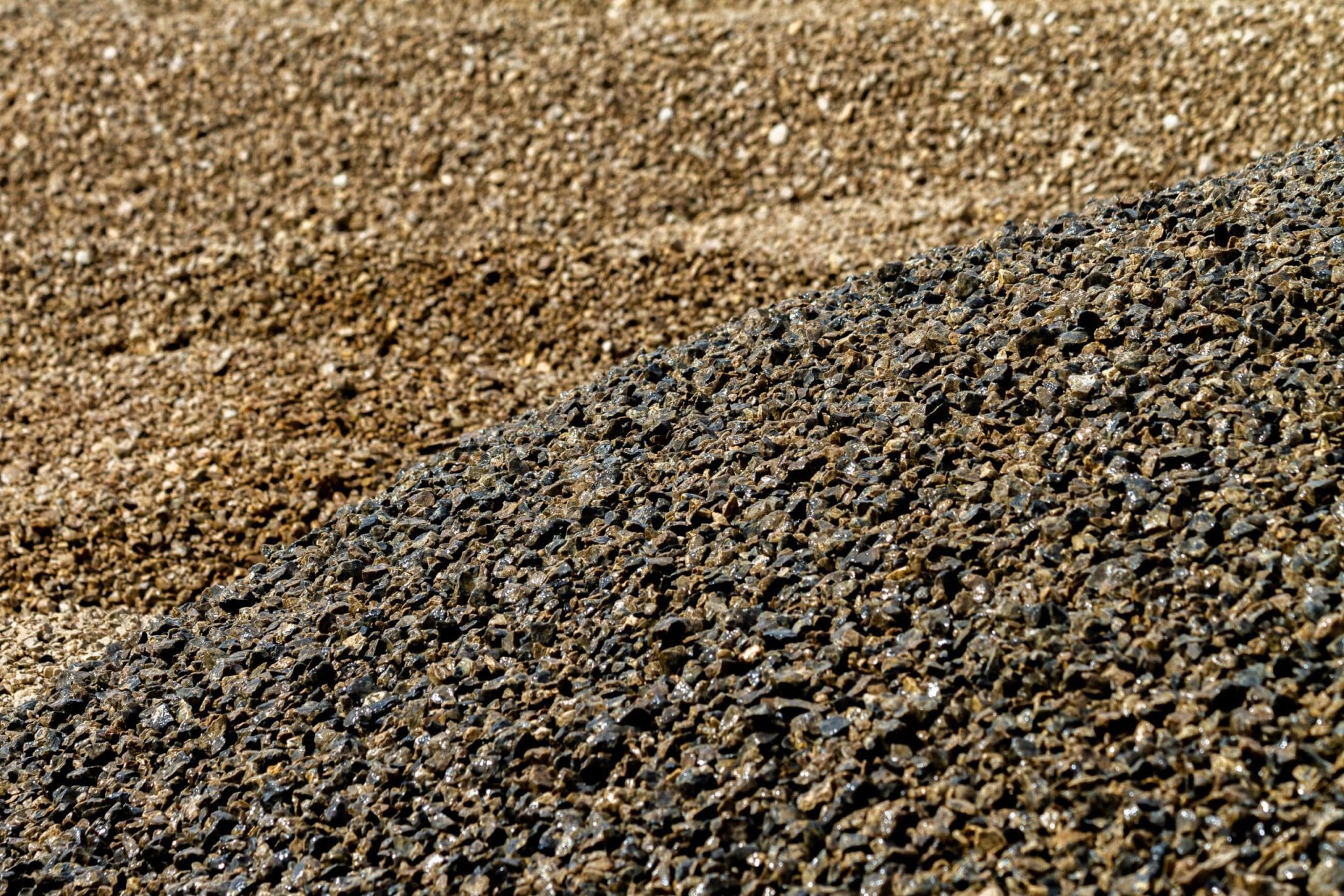Upgraded wastewater treatment
delivers huge savings
Of Hanegev
2014
Ofakim, Israel
1,650 m³/day
Industrial Wastewater Treatment
Operational
In 2011, Of Hanegev, one of the largest chicken processing factories in Israel approached Triple-T to upgrade an existing wastewater treatment plant (WWTP). The plant needed to handle combined and complex wastewater streams – one from the abattoir and the other from the rendering process.
Of Hanegev chose Triple-T’s TAYA technology due to the low lifetime costs derived from energy savings, diminished sludge, minimal handling and unmatched operational simplicity. The retrofit project resulted in high performance meeting the new regulations, delivering significant savings.
A full-scale retrofit solution was needed to comply with the updated requirements of local authorities and handle the increase in wastewater flow. The wastewater effluent from the upgraded treatment plant required a tertiary level treatment, including disinfection for irrigation purposes, in order to meet the stringent requirements of the Israeli health and environmental authorities, while handling a high hydraulic load of 1,650 m3/day.
The wastewater treatment process comprises an initial pre-treatment, including solid separation through screening, DAF and centrifuge. This takes place in the factory. This treatment is followed by an anaerobic basin for further COD reduction and flow equalization. Wastewater then flows to the activated sludge pond and clarifier, where the water is separated from the sludge.
The wastewater then flows into our aerobic anoxic TAYA system that handles the remaining organic substance and provides nitrification as well as the denitrification needed for total nitrogen reduction.
As the final stage, tertiary treatment involving a sand filter and disinfection takes place. The clean effluent then flows out for irrigation.
Based on our proprietary, game-changing TAYA technology, which enables a robust and flexible local solution, we designed a unique configuration combining passive aeration extensive elements with intensive biochemical processes. This provided Of Hanegev with optimal benefits, including a high degree of process stabilization, high quality effluent due to high aerobic treatment capabilities, and a flexible operation regime matching the influent parameters of the water.
Of Hanegev gained peace of mind regarding compliance with regulations, along with minimized labor and costs, while achieving wastewater autonomy.






